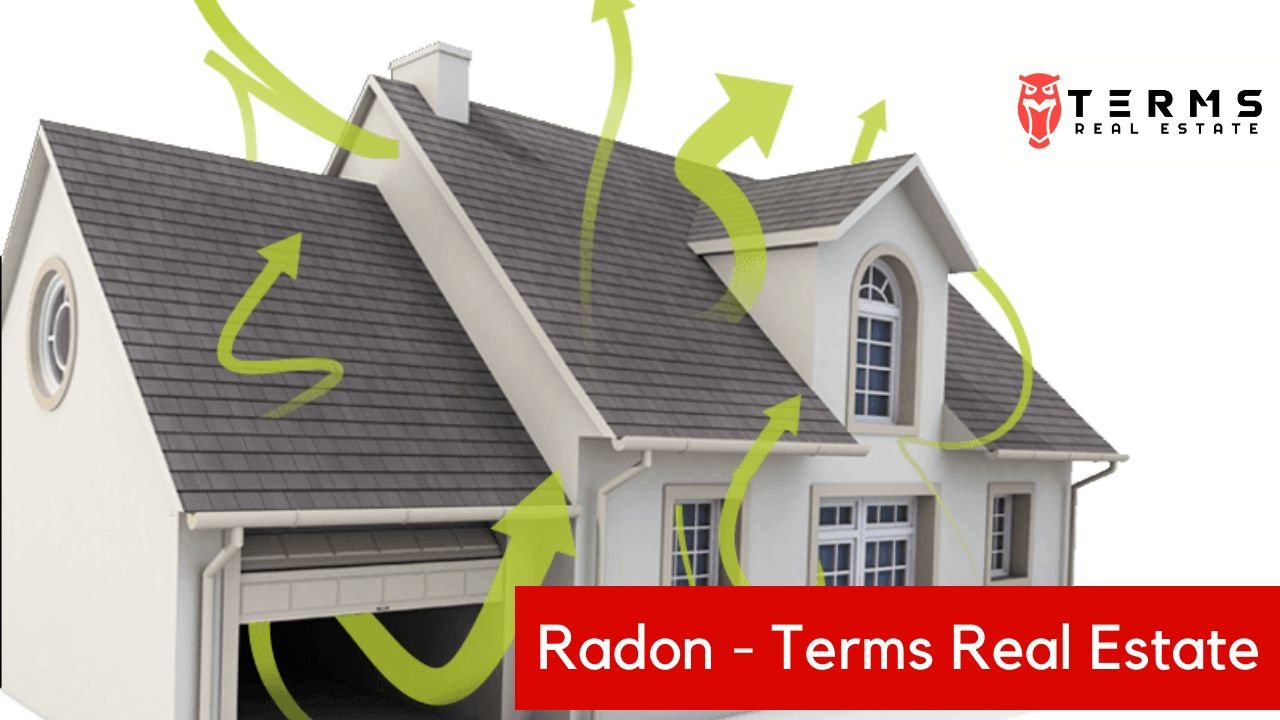Radon is a radioactive natural gas that is present in all the air we breathe. Outdoor damage is diluted and of little concern, but the inside radon can be concentrated and create an indoor air quality problem and a significant health risk. You can’t see, smell or taste or make mistakes, and as a result, high levels can be present inside a building, and you never know or experience it.
This article is to inform about the risk, including health effects, misconceptions, or implications on the use and mitigation of the risk and for all users using tested tests.
What is radon?
Radon is known as an invisible, odorless and tasteless radioactive gas. It is formed by the decomposition of radium, which is a product of uranium decomposition. Radon emits alpha and produces various radioactive elements using rows of radon or “progeny.”
Some samples of radon and radon gas are present everywhere in the soil, water, and air. Particularly high levels of lightning occur in regions where the soil or rock is rich in uranium. The beam is emitted by the radio in the ground, in the groundwater, and the building materials. You can enter or insert the internal code they accumulate and their decomposition products in areas with poor ventilation. Harmful radon and radon progeny levels can be found in confined spaces, such as pores and subsoils.
A radon progeny is inhaled through the air and deposited in the lungs. The lung absorbs the alpha absorption emitted by the radon program. The reduced reduction dose increases the risk of lung cancer.
How Does Radon Get into a Home?
As you saw in the previous section, radon atoms have a short life. Over several days, a radon atom turns into a lead atom. Although it is a radon atom, because radon is a gas, it can leak from the ground into the air in a home. The primary way in which radon enters a home is through the foundation (crawl space, basement) through a variety of paths:
- cracks in the basement floors
- drains
- sump pumps
- exposed soil
- construction joints (mortar, floor wall)
- loose tubes
Radon can also enter the air in a home from well water, but this is a smaller source than what comes the base. Some parts of the United States are at higher risk for radon than others. The US Environmental Protection Agency. The USA Has a map that shows which municipalities and states have higher average radon levels.
How Do You Test for Radon?
Radon gas is odorless and colorless, so a test must be done to detect it—the US Surgeon General’s Office. USA AND USA EPA recommend that all houses be tested for radon, especially if you are buying, selling, or building a house. The test can be done by a professional or owner using a “do it yourself” kit. The EPA must approve the professional service or home test kit.
Because radon levels can vary from day to day and from season to season, testing can be done in the short term (two to 90 days) or a long time (more than three months). Short-term tests are best if results are needed quickly and must be followed by another short test. Long-term tests will provide better information about average radon levels throughout the year for a home. Radon test devices are placed in the lowest occupied level at home.
Radon Test Devices
Radon tests directly detect radon gas or by-products of radioactive radon decay. The two categories of radon test devices are passive and active. Passive devices do not require electrical energy and generally retain radon or its by-products for further analysis in the laboratory. Passive devices include carbon cans, carbon scintillation detectors, alpha range detectors, and electret ion detectors.
- Charcoal canister and charcoal liquid scintillation devices absorb radon or its products in the charcoal. In the laboratory, the radioactive particles emitted by charcoal are now counted directly using a sodium iodide counter. Radioactive particles can also be converted to light in a liquid in a scintillation detector.
- Alpha track detectors have a plastic film etched by the alpha particles that hit them. In the laboratory, plastic is chemically treated to make track visible; then, the tracks are counted.
- Electret ion detectors have a Teflon disc, which has a static charge. When an ion generated by the decomposition of the radon reaches the Teflon disc, the electrical charge is reduced. In the laboratory, the load reduction is measured, and the radon level is calculated.
Generally, all passive devices, except for electret ion detectors, are available at hardware stores. Electret ion detectors usually are only available in laboratories. Passive devices are generally cheaper than active devices and may require little or no specialized training in their use. Of passive devices, carbon containers and carbon liquid scintillation detectors are typically used for short-term testing.
Active devices continuously detect and register radon or its by-products. They are generally more expensive and require professionally trained testers to operate.
How can high levels of radon be reduced?
The good news is that several techniques can successfully reduce radon concentrations within a building and prevent future radon intrusions.
As radon enters a building due to pressure differences between the building and the ground, the main methods of treating radon in existing buildings are to change this pressure ratio. This can be done by installing a positive pressure unit or an upgrade well system.
1. POSITIVE PRESSURE:
A positive pressure unit is a particular type of fan that draws in air from outside and disperses it throughout the building. The effect of this is a very slight increase in the pressure of the indoor air. By increasing the air pressure inside the property, the gas in the soil is no longer carried to the building, as it does not represent the path of least resistance. Positive pressure units can be installed on the ceiling (attic) or in a room with an external wall.
2. RETROFIT SUMP SYSTEM:
A radon collector is a term given to a small vacuum created under the building. This void will be the size of a builder’s cube and is built in hardcore under a building. The purpose of the sump is to create a low-pressure area. The gas from the soil must be naturally removed to the well, as it provides a new path of less resistance. The pipes can be removed from the sump to remove the gas accumulated in the building safely. It is recommended to install an in-line fan in the pipeline to ensure that the gas moves away from the well. The exhaust pipe must discharge far away from any door or window, and this is usually above the eaves level.
Conclusion:
Radon levels in the average household are approximately 1.25 picocuries/liter of air (pCi / L). If a radon test reveals levels of 4 pCi / L or more, some measures must be taken to reduce the radon level. The radon can be reduced by preventing it from entering the house or by eliminating it after entering the house. The general solution involves active ventilation, either in the basement or under the roof of the house.



